Effects of Water Damage
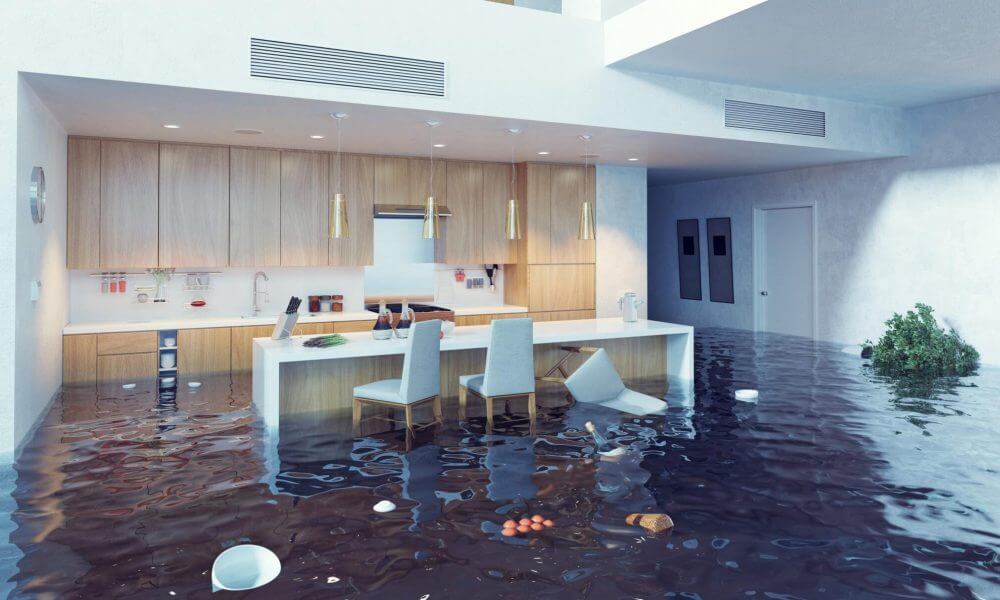
Most property owners realize that one of the most severe types of property damage to deal with is water damage. Even with good insurance, cleanup and repair, restoration and/or replacement of materials and items damaged by water is a task that most home and business owners would find extremely difficult to manage on their own.
The best restoration option is to hire a professional water restoration company. Professional restoration technicians are specially trained to clean quickly up and restore a building, so it meets code and provides a safe living or working environment.
Water Damage Events
Water damage usually starts with overflows, leaks, and/or flooding. Interior events often begin with overflowing toilets, dishwashers or washing machines or leaking pipes, roofs, gutters and/or appliances. External events usually involve leaks or floods from outdoor buildings or municipal pipes, faucets, equipment, heavy rains, melting snow or waterways. Any event results in “dry” areas, such as roofs, ceilings, walls, floors and entire rooms, becoming slowly or suddenly exposed to water.

Most property owners realize that one of the most severe types of property damage to deal with is water damage.
Water Damage Types
Water damage is assessed by categories and classes that help determine the type of cleanup and repair options available and the amount of work necessary.
Categories
Category 1: Non-contaminated water damage that comes from a clean water source, such as a faucet overflow, hot/cold water pipe leak or a broken drinking fountain.
Category 2: “Gray water” damage from water sources that contain microorganisms and other contaminants that may cause discomfort or illness if ingested, such as broken sewage pipes, toilets, and sump pumps.
Category 2: “Blackwater” damage from water sources that contain growing microorganisms and other contaminants that pose an extreme health risk — severe illness or death — during exposure, such as a sewage backup or standing sewage or contaminated water.
Classes
Class 1: Fastest repair scenario with little damage caused by a slow evaporation rate. This class typically involves part of a room and/or materials that didn’t absorb a lot of water.
Class 2: Difficult repair scenario. Moderate damage caused by a fast evaporation rate. This type often involves an entire room, carpets and cushions and/or structural damage.
Class 3: Extensive cleanup and restoration. High level of damage caused by the fastest evaporation rate with everything saturated in moisture.
Class 4: Specialty cleanup and restoration involving specific drying methods. Extremely high level of damage that includes structural materials like concrete, brick, stone, plaster and hardwood.
Process of Restoration
The process depends entirely on the event, building, amount of cleanup and the damage category and class. Some restoration projects take a day; whereas, others can take weeks. Many professional restoration experts start by performing a water, waste and/or damaged item cleanup/removal assessment and a restoration assessment.
The primary objective is to prevent further damage and restore a building to its original appearance. Restoration companies work with high-tech commercial equipment and procedures proven for use in water removal and waste, to dry out all areas, shore up structures that could collapse and repair/replace materials and items as needed.
Special Health Warning
Never perform water damage restoration without some professional aid. A slow or failed cleanup and restoration can lead to not only exposure to microorganisms but also toxic chemicals resulting in short-term or long-term mild-to-severe health problems. Professional technicians wear special gear to protect them from these hazards. They also know the best methods to remove completely all harmful substances and work as quickly as possible to prevent an even greater risk that could take longer to clean up.

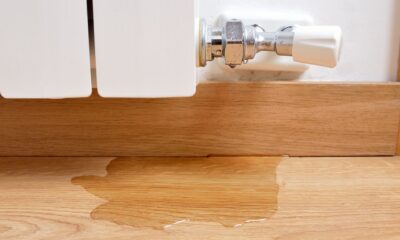

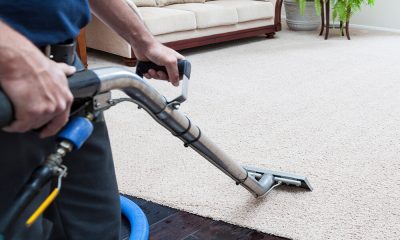
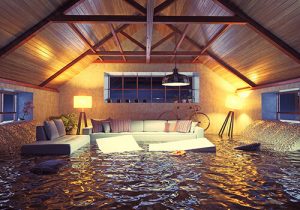
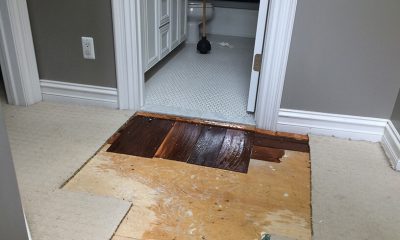




Facebook
RSS